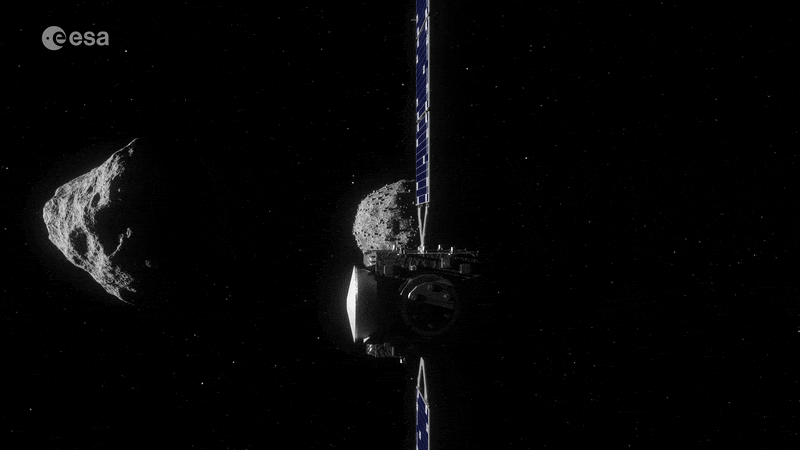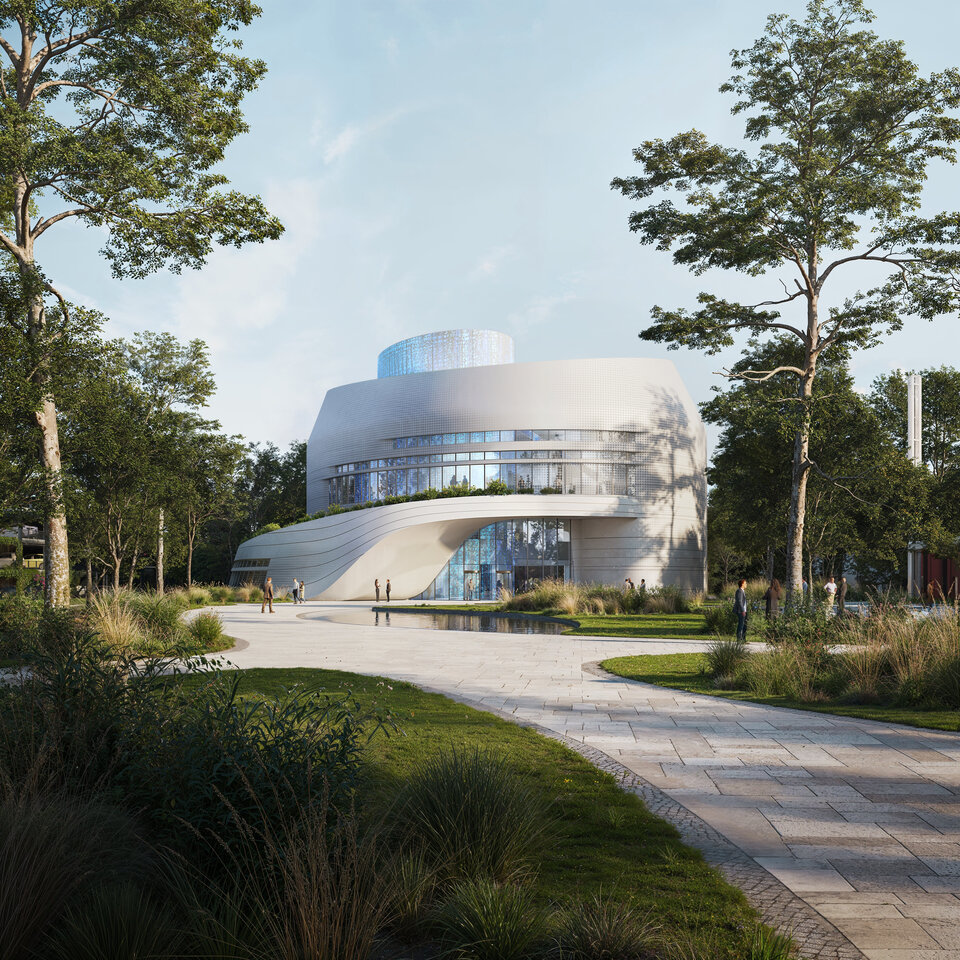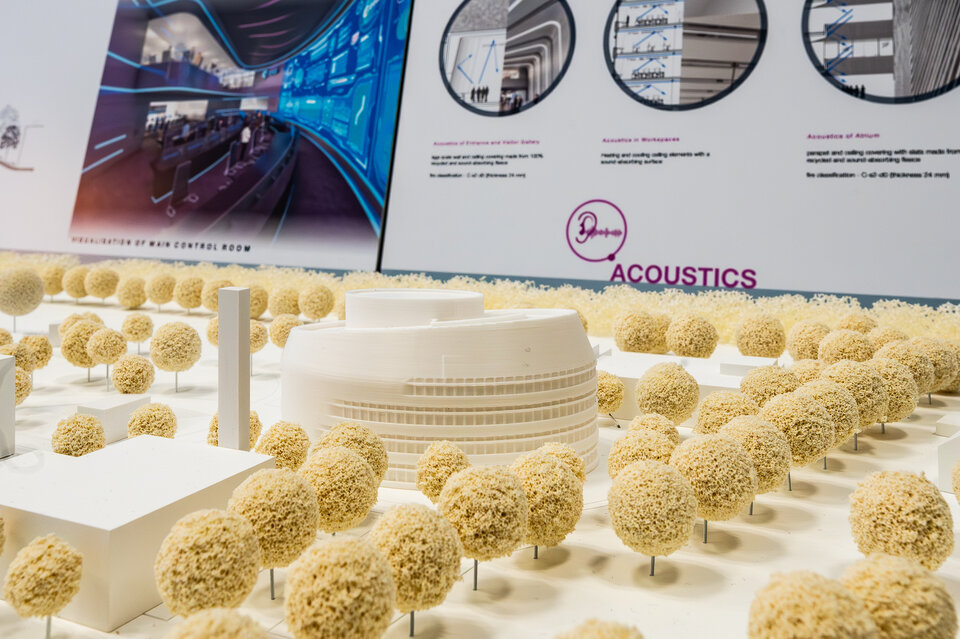14.05.2024

ESA’s European Space Operations Centre (ESOC) in Darmstadt, Germany, is evolving.
On 14 May, ESA signed a contract with Darmstadt-based architecture office H2S Architekten for the construction of a futuristic new satellite control centre at its existing ESOC site. Preparations for the construction of the new building will begin in 2025.
In-depth

“ESA’s new operations centre will be efficient, sustainable, adaptable and accessible,” says Rolf Densing, ESA’s Director of Operations and head of the ESOC site. “The new building will ensure Europe’s continued ability to implement its most ambitious space missions and will serve as an inspirational window into the world of spacecraft operations for experts, the public and decision-makers.”
“Flexibility is one of the most important features of the new building,” says Simon Plum, head of Mission Operations at ESOC. “We have many more upcoming missions to operate, and this facility will ensure we are able to adapt to new requirements and technologies, as we continue to serve as Europe’s Centre of Excellence for satellite operations.”
Capable and adaptable
ESOC is home to Europe's most complex space missions and ESA's Space Safety Programme. Teams at ESOC fly ESA’s spacecraft to Jupiter, Mars, Mercury and the Sun, operate leading space observatories such as Euclid and Gaia, and control a fleet of ESA Earth Explorers and European Union Sentinel satellites.

Future highlights include the Hera mission, the first to rendezvous with a binary asteroid system, and the Laser Interferometer Space Antenna (LISA), which will require some of the most precise and complex satellite operations ever conceived. ESOC is also responsible for the agency’s cutting-edge global network of satellite tracking ground stations and many other key strategic services for Europe’s autonomous access to space.
As the number and complexity of missions flown from ESOC grows, the centre faces new challenges. For example, the new operations building will provide the capability to support at least two launches or critical operations in parallel. It will also host a modernised, energy-efficient and high-availability data centre for the centre’s critical Mission Operations Information Technology.
The new control centre will provide an attractive and modern workplace that facilitates team collaboration while remaining extremely adaptable and capable of keeping up with the rapidly evolving domain of satellite operations.
Sustainable and secure

ESOC’s existing control centre buildings have hosted some of Europe’s greatest spaceflight achievements, such as the landing of ESA’s Huygens probe on Saturn’s moon Titan and the landing of DLR’s Philae probe on comet 67P/Churyumov–Gerasimenko as part of ESA’s Rosetta mission.
These buildings are now reaching the end of their operational lifetimes, but the modernisation of the ESOC site offers the opportunity to demonstrate new levels of efficiency and environmental responsibility by replacing multiple older buildings with one new facility.
The new building will bring together ESOC’s ongoing operational excellence with new environmentally sustainable architecture powered by sustainable energy sources and will follow a flexible design concept that ensures the highest possible utilisation of the available space.
Redundant power supply pathways will ensure an operational up-time of over 99.9% without the need to take the building offline for maintenance. Secure areas and system infrastructure will guarantee the highest possible degree of operational and IT security and provide the foundation for the rapid adoption of future standards.
Engaging and accessible

The new control centre building will also serve as a hub for space engagement. It will be ESOC’s window to space for the outside world, with an open, accessible design that offers transparency while maintaining operational security.
The building will grant access for visitors, with dedicated spaces to inspire and engage with industry, decision-makers, stakeholders, media and the public, in conjunction with ESOC’s planned visitor centre. It will also feature new facilities that will enable ESA to provide training for its partners on a range of satellite operations activities.
Quelle: ESA

